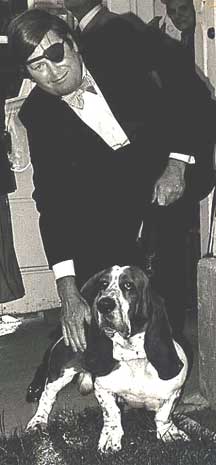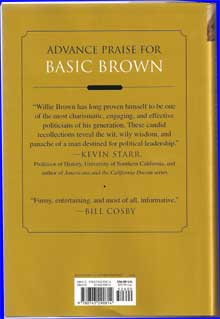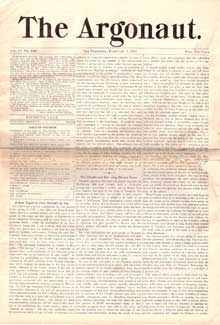By Paul Krassner
The viral photo of Alaska Gov. Sarah Palin in her stars and stripes bikini, proudly gripping a rifle, flooded Internet wires-only to spread once more when the photo proved to be a fake.
But the image’s influence holds, even though it’s a fraud. And 2006 research by John Bullock of Yale University supports the lasting influence of misinformation.
Bullock showed subjects the transcript of an ad created by a pro-choice group stating that John Roberts, then a Supreme Court nominee, had supported violence against abortion clinics.
Then subjects were shown an unequivocal refutation of the ad.
56 percent of the Democrats had disapproved of Roberts before seeing the ad, but that percentage jumped to 80 after seeing the false information.
Here’s the interesting part: After the ad was discredited, the percentage of Democrats against Roberts dropped-but only to 72 percent, so the number who were unsupportive remained higher than before exposure to the ad.
Interestingly, Republican disapproval also rose after reading the ad transcript, but returned to the baseline after the ad was debunked.
As we may have already intuitively concluded: the lasting impact of misinformation during campaigns seems to be dependent on subjects’ preexisting views as to whether they buy into negative (or positive) information about a candidate.
Remember this, when we read in the papers that nearly a third of voters believe, incorrectly, that Barack Obama is Muslim. Perhaps because of inaccurate rumors that Obama took his oath on the Koran, instead of, as is the true case, on the Bible.


















0 responses so far ↓
There are no comments yet...Kick things off by filling out the form below.
You must log in to post a comment.